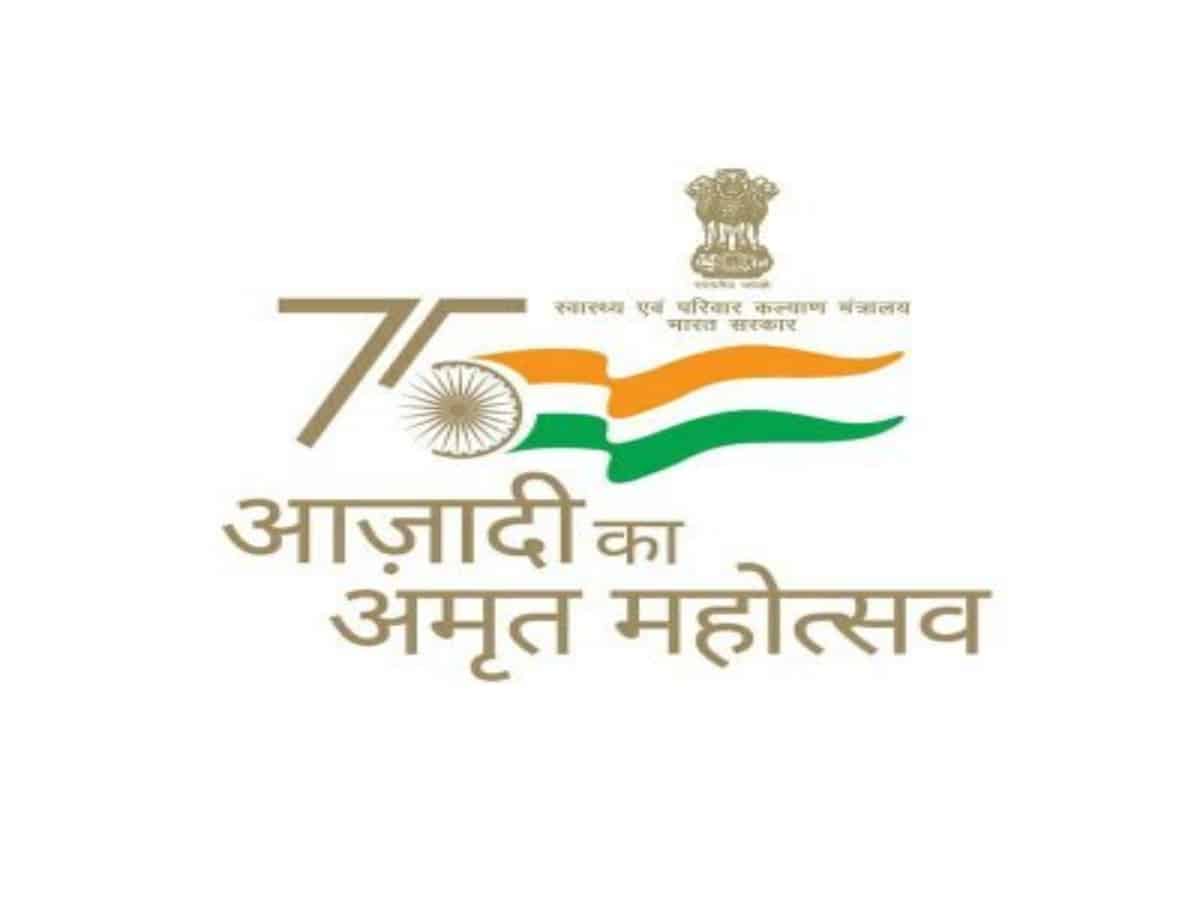New Delhi: There has been an increase in the share of government health expenditure in the total GDP of the country, according to the National Health Account Estimate report. It has increased from 1.15 percent in 2013-14 to 1.35 percent in 2017-18.
The share of Government Health Expenditure in total health expenditure has also increased over time. In 2017-18, the share of government expenditure was 40.8 percent, a significant rise from 28.6 percent in 2013-14. The NHAE report findings also show that the government’s health expenditure as a share of total expenditure has increased from 3.78 percent to 5.12 percent between 2013-14 and 2017-18.
Union Health Secretary Rajesh Bhushan released findings of the National Health Accounts (NHA) Estimates for India for 2017-18, here on Monday. As per the report, the government health expenditure in the term of per capita has increased from Rs 1,042 to Rs 1,753 between 2013-14 to 2017-18. The share of primary healthcare in current government health expenditure has increased from 51.1 percent in 2013-14 to 54.7 percent in 2017-18.
Primary and secondary care accounts for more than 80 percent of the current government health expenditure. There has been an increase in the share of primary and secondary care in the case of government health expenditure. In the private sector, the share of tertiary care has increased, but primary and secondary care show a declining trend. Between 2016-17 and 2017-18 in government, the share of primary and secondary care has increased from 75 percent to 86 percent. In the private sector, the share of primary and secondary care has declined from 84 per to 74 percent.
The out-of-pocket expenditure (OOPE) as a share of total health expenditure has come down to 48.8 percent in 2017-18 from 64.2 percent in 2013-14 as per the report. Even in the case of per capita OOPE there has been a decline from Rs 2,336 to Rs 2,097 between 2013-14 to 2017-18. The findings also depict that the foreign aid for health has come down to 0.5 percent, showcasing India’s economic self-reliance.
This is the fifth consecutive NHA report produced by the National Health Systems Resource Center. The NHA estimates are prepared by using an accounting framework based on the internationally accepted System of Health Accounts 2011, provided by the World Health Organisation (WHO).
With the present estimate of NHA 2017-18, India has had a continuous Time Series on NHA estimates for both the government and private sources for five years since 2013-14. These estimates are supposed to enable the policymakers to monitor progress towards universal health coverage as envisaged in the National Health Policy, 2017.
Govt health expenditure share in GDP increases to 1.35%

